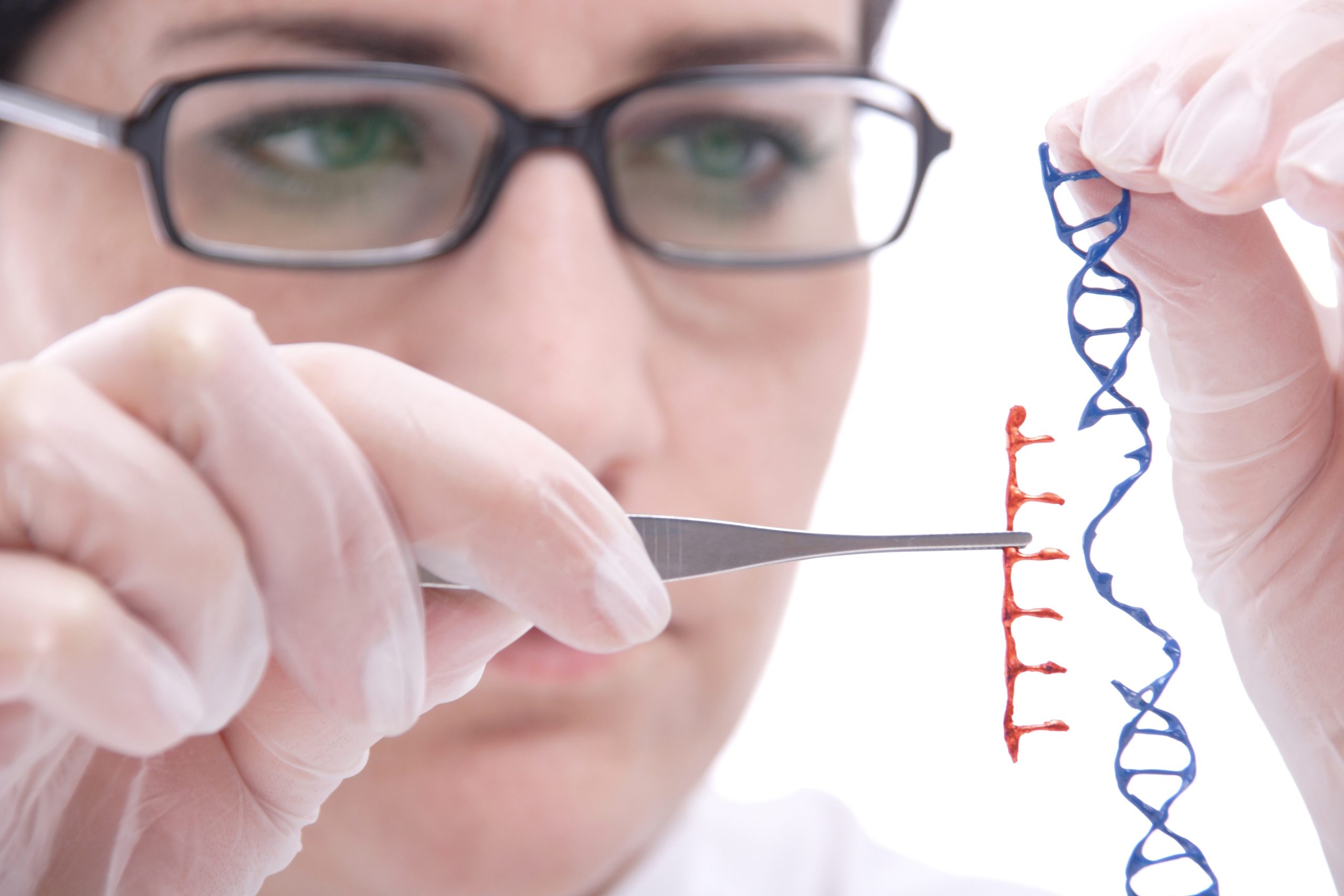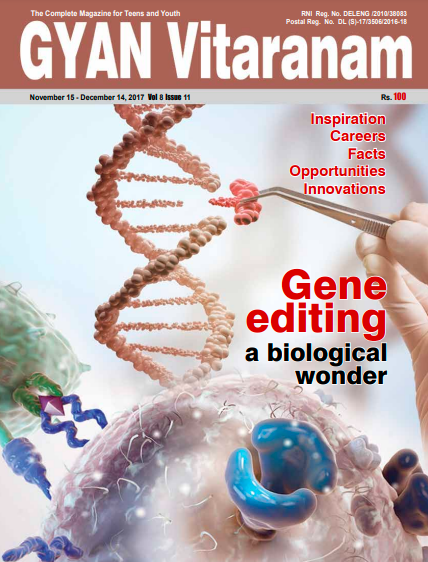Scientists can now edit the human genes, which are functional units of inheritance found in our cells. Considering that we could only read the ‘Book of Life’called the human genome in 2000, this is a revolutionary achievement, as it has enabled us to rediscover ourselves, especially our capacity to regenerate worn-out parts.
The basic idea of the technique can be traced to 1962,when John Gurdon in England found in an experiment on frogs that their immature cells can be replaced by mature cells and still normal tadpoles were born.
Working on this finding, Shinya Yamanaka of Japan discovered in 2006 that mature specialised human cells can be reprogrammed to become immature cells (called pluripotent) found in the embryo that can become any tissue. Both he and Gurdon won the Nobel Prize for their discovery in 2012.
The idea of regeneration of body parts became a real ity with the....

